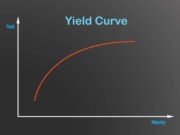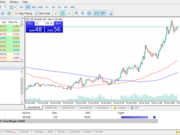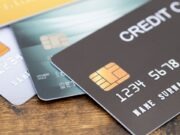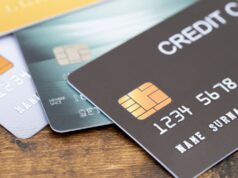Definition
In economics, broad money is a term denoting a certain measure of the amount of money in a national economy, and it is used depending on the local practice.
Narrow Money
What is ‘Narrow Money’
Narrow money is a category of money supply that includes all physical money like coins and currency along with demand deposits and other liquid assets held by the central bank. In the United States, narrow money is classified as M1 (M0 + demand accounts), while in the U.K., M0 is referenced as narrow money.
Explaining ‘Narrow Money’
The name comes from the fact that M1/M0 are the narrowest or most restrictive ideas of money that are the basis for the medium of exchange within the economy. This category of money is considered to be the most readily available for transactions and commerce.
Qualifying Accounts
The most accessible accounts, such as savings and checking deposit accounts, qualify as narrow money. The funds in the accounts are seen as accessible on demand, even if mechanisms other than physical currency are used for the transaction. This most commonly includes funds paid via either debit card transactions or a variety of checks.
Narrow Money and Broad Money
While M1/M0 are generally used to describe narrow money, M2/M3/M4 qualify as broad money, with M4 representing the largest concept of the money supply. Broad money may include various deposit-based accounts that would take more than 24 hours to reach maturity and be considered accessible. These are often referred to as longer-term time deposits, as their activity is restricted by a specific time requirement that the deposit must be held by the institution that accepted the deposit.
Narrow Money and the Money Supply
M1/M0 are only a portion of the money supply. The money supply include items within all of the categories from M0 to M4. Therefore, it represents both the most liquid and the less liquid cash and deposit-based assets held within a nation. This includes funds in bonds or other securities, as well as institutional money market accounts.
Further Reading
- Modeling the demand for narrow money in the United Kingdom and the United States – www.sciencedirect.com [PDF]
- Financial deregulation, demand for narrow money and monetary policy in Australia – www.tandfonline.com [PDF]
- The demand for Indonesian narrow money: long-run equilibrium, error correction and forward-looking behaviour – www.tandfonline.com [PDF]
- Narrow money and transaction technology: new disaggregated evidence – www.sciencedirect.com [PDF]
- Forecasting real GDP: What role for narrow money? – papers.ssrn.com [PDF]
- Dynamic modeling of the demand for narrow money in Norway – www.sciencedirect.com [PDF]
- The narrow money demand behaviour in Indonesia, 1970-2005 – www.jstor.org [PDF]
- Broadening narrow money: monetary policy with a central bank digital currency – papers.ssrn.com [PDF]


































